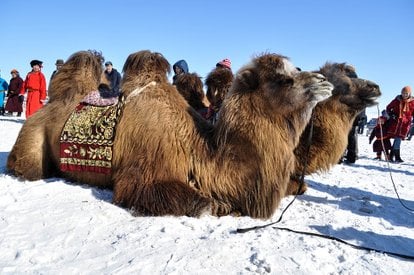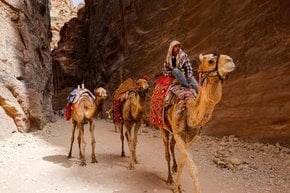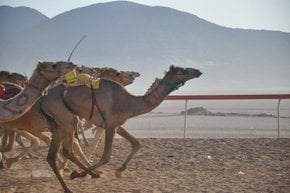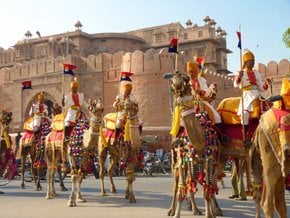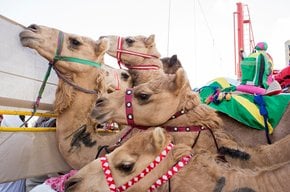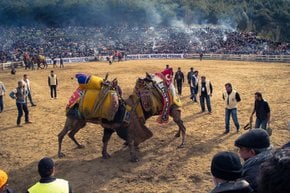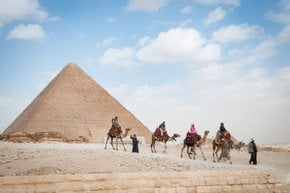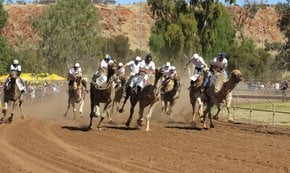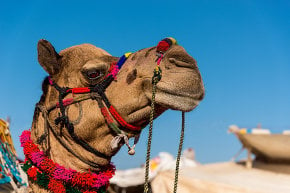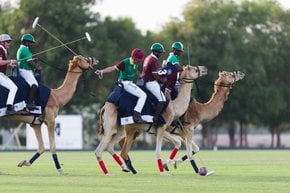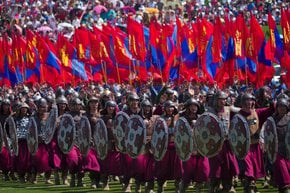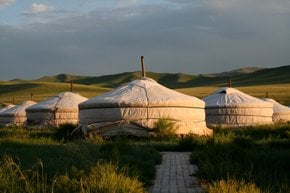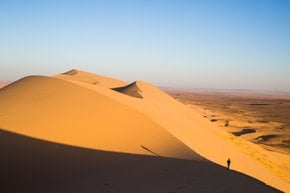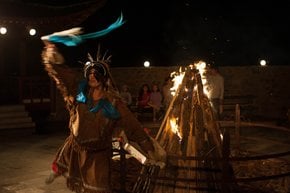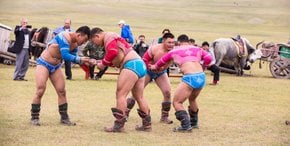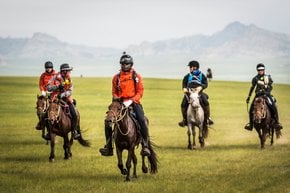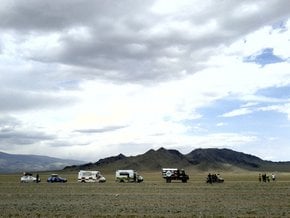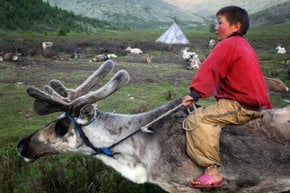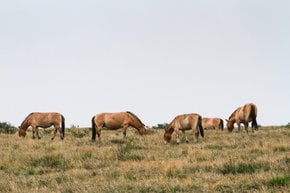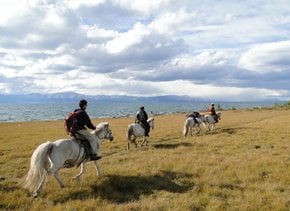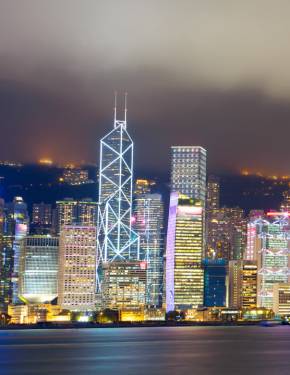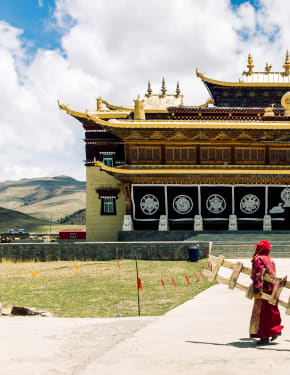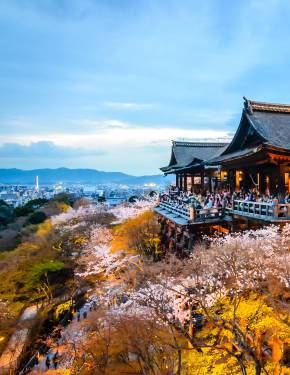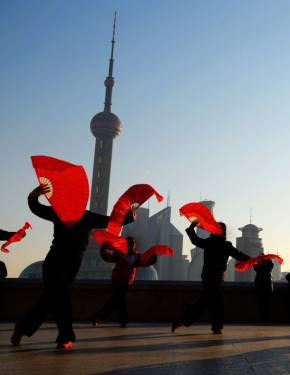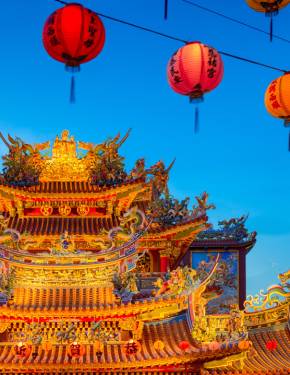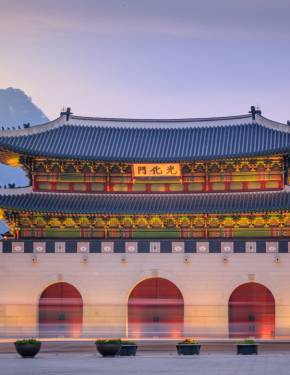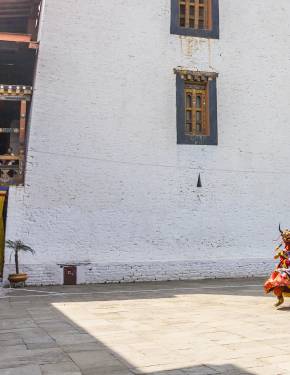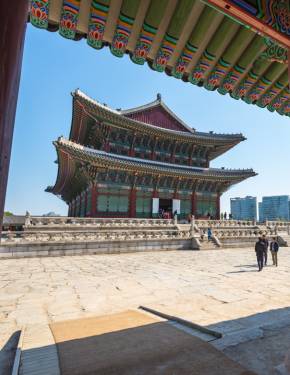Festival dei mille cammelli 2026 a Mongolia
Unisciti all'emozione dell'iconico Festival dei Mille Cammelli in Mongolia.
Date: marzo 6–marzo 7
Il più grande evento invernale si svolge proprio sull'appartamento congelato del lago Hovsgol offre lo spettacolo unico di mille cammelli da corsa, noti come cammelli batterici di Gobi – una specie estremamente rara. Questi cammelli sono particolarmente carini durante l'inverno, come la loro pelliccia diventa particolarmente spessa e splendida in modo che possano facilmente sopportare notti brutalmente fredde. Oltre alle corse di cammelli, il festival presenta altri intrattenimento tra cui concorsi di polo e spettacoli folclorici che evidenziano la musica e la danza mongole tradizionali. I rallegramenti si tengono ogni anno durante circa 10 giorni dalla fine di febbraio all'inizio di marzo.
The Thousand Camel Festival begins with a colorful camel parade. Highlights of the festival include the "Camel Polo" competition, where teams of five camel-riding players compete using a ball with an 8-centimeter diameter and mallets measuring 130 to 140 centimeters. Camel races are another major attraction, featuring three categories based on age: a full-grown camel race, a three-year-old camel race, and a two-year-old camel race. The festival also offers traditional cultural performances and unique opportunities to experience the nomadic lifestyle of the Gobi Desert firsthand.
In past years, the festival was held at the beginning of March. However, due to the warming effects of climate change, the dates were moved up by one month. It is now regularly held each year from February 1 to 3.
The festival takes place on the outskirts of Dalanzadgad, a small town in Mongolia's South Gobi (Umnugobi) Province. It is located approximately 422 miles (680 kilometers) from Ulaanbaatar, making it a relatively short journey by Mongolian standards.
The Thousand Camel Festival began in 1997 as a winter event designed to showcase the rich cultural heritage and daily life of Mongolia's camel-herding communities. In 2016, the festival gained international recognition when it set a Guinness World Record for the largest camel race, featuring 1,108 camels and jockeys completing a 15-kilometer course.
The festival was created to protect and promote the population of the two-humped Bactrian camel, a vital part of Mongolia's nomadic traditions. Thanks to these efforts, the population of Bactrian camels has grown significantly, rising from 192,000 to 460,000, while also increasing their economic value to local communities.

